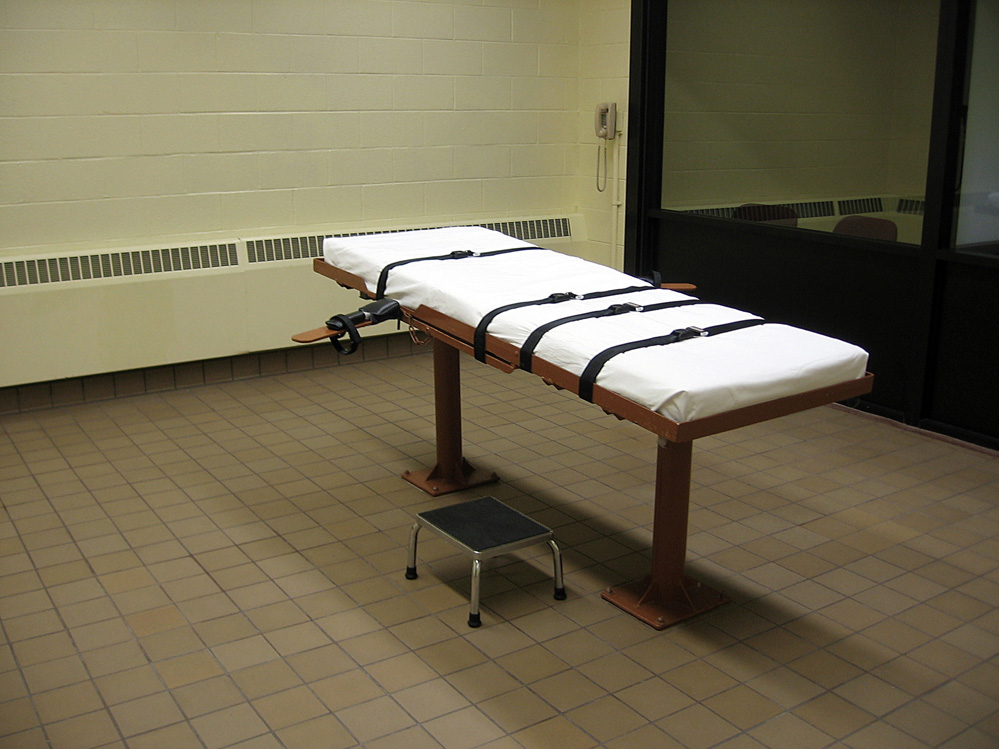
UPDATE SINCE LAST POSTED:
Ohio has become the 18th state to adopt a 20-week abortion ban. Governor Kasich vetoed the 6-week abortion ban, and signed the 20-week abortion ban into law on December 13, 2016. The 20-week ban, as described below, has no exceptions for rape or incest. It also criminalizes and penalizes abortion providers who would be at risk of receiving an 18 month prison sentence for providing abortion services after 20 weeks.
We, along with our partners, will continue to fight the unconstitutionality of bans like this, and the dangers of criminalization.
*********************************
During the U.S. Presidential campaign, we watched in horror as public figures spoke proudly about their plans to defund Planned Parenthood. And we were witness to calls—including from then candidate/now President-elect Trump—for stricter abortion laws, even at one point calling for a total abortion ban, despite the fact that proposed restrictions and bans would put pregnant people’s lives in danger and violate international law. One of the figures calling for stricter abortion laws was Governor Kasich of Ohio. SEE THE REST OF THIS POST

 When
When 



 Back in 2010, the pharmaceutical giant Hospira Inc.
Back in 2010, the pharmaceutical giant Hospira Inc.